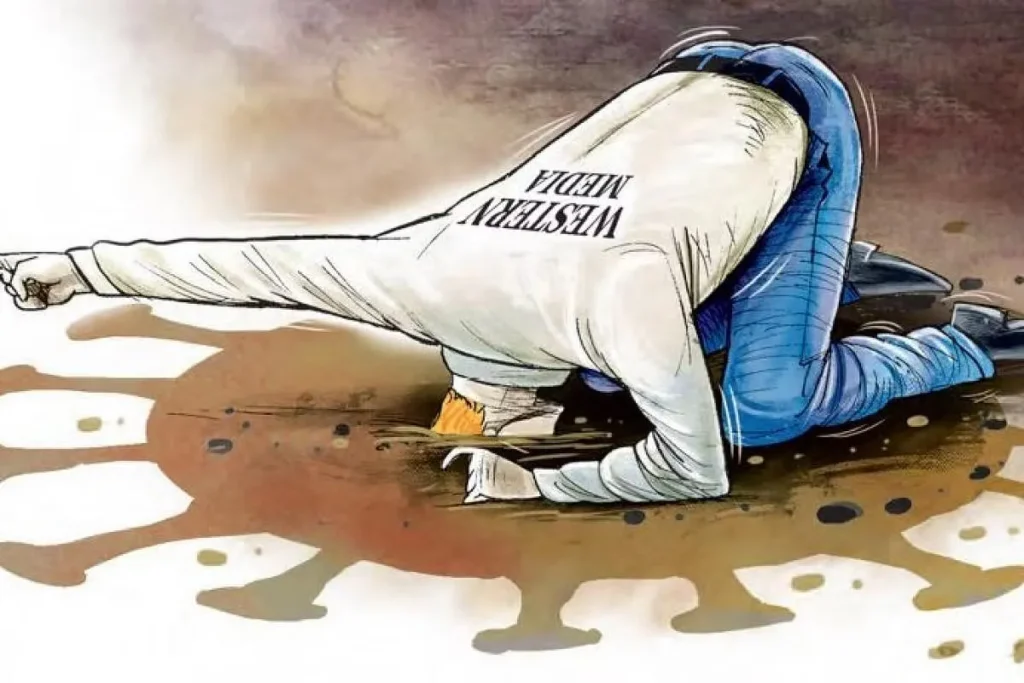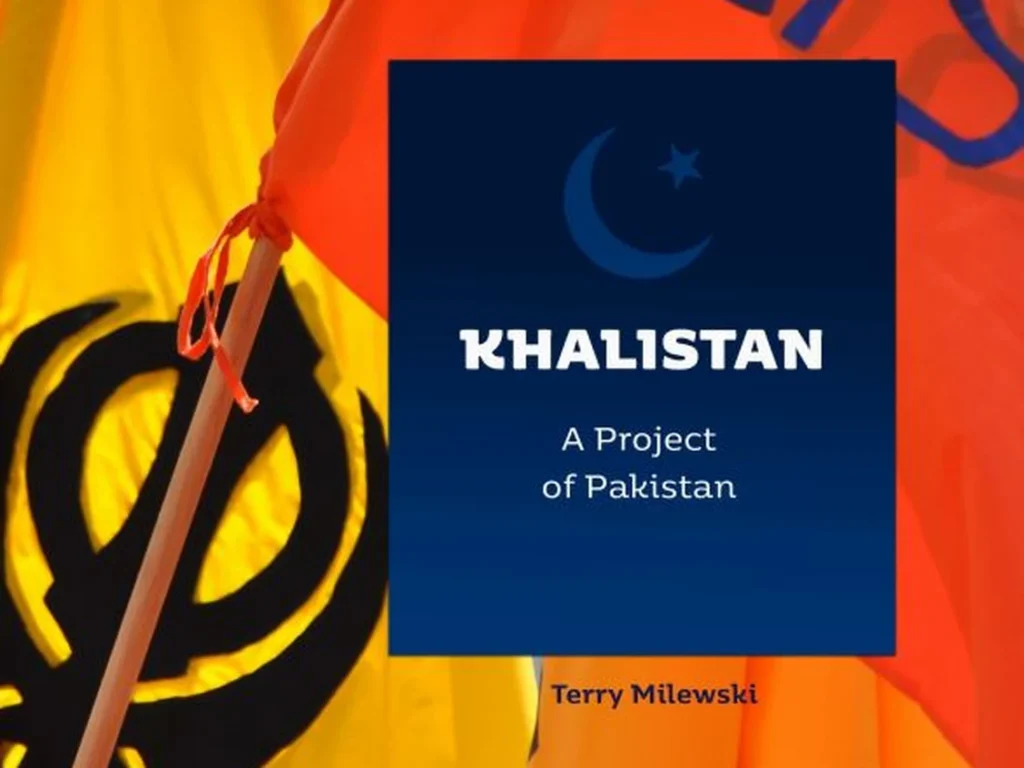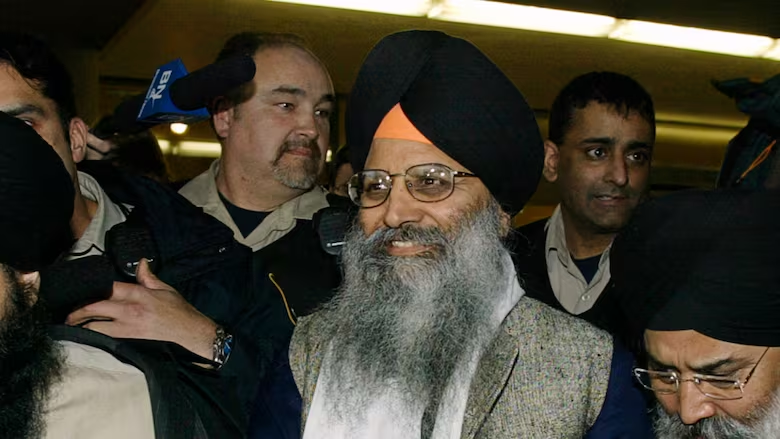It has been nothing short of disheartening to observe the Western media’s coverage of the Canadian expulsion of an Indian diplomat over the killing of a Khalistani terrorist. The New York Times, among others, shockingly referred to Hardeep Singh Nijjar as a “Community Leader,” while both AP and Reuters dubiously labeled him a “Sikh Activist.” Such innocuous terms used to describe a hardcore terrorist distort the reality of his actions and reveal a profound level of ignorance within Western media outlets. It is high time they engage in substantial research before penning such misleading articles.
Khalistanis are NOT representative of the Sikh community; they are militants who espouse violence and division. The Western media’s portrayal of Nijjar is akin to calling Osama Bin Laden a “community leader” in Afghanistan and a “Muslim leader.” It’s an egregious misrepresentation that undermines the seriousness of the crimes committed by individuals like Nijjar. Most people rely on mainstream media outlets like AP, Reuters, The New York Times, and The Washington Post for their global news. When these outlets publish such articles, they unwittingly misinform their readers. One must question whether these same media organizations would dare to label Islamic terrorists with safe havens in places like Afghanistan, Pakistan, or Syria as “community leaders” and publish disparaging articles against Western countries when they take action against terrorists via drone strikes. Such racial and hypocritical bias has been an enduring problem.
Moreover, none of the articles in Western media have raised concerns about Canada’s willingness to harbor terrorists. This issue harks back to the 1980s, during the peak of Punjab terrorism in India when many Khalistani terrorists sought refuge in Canada. It was during this period that the tragic bombing of Air India Flight 182 occurred, claiming the lives of all 329 people on board. The perpetrators of this heinous act were Sikh extremists with ties to the Khalistan movement. Regrettably, Canadian authorities mishandled the investigation, leading to the conviction of only one person, Inderjit Singh Reyat, in connection with the bombing. Two other suspects, Talwinder Singh Parmar and Ripudaman Singh Malik, were inexplicably acquitted. Astonishingly, these individuals are openly celebrated and prominently featured by Khalistani organizations in Canada.
The Western media’s portrayal of Nijjar is akin to calling Osama Bin Laden a “community leader” in Afghanistan and a “Muslim leader.”
What compounds this disheartening situation is the apparent support of Justin Trudeau for these individuals, presumably as a means to garner favor from his “Sikh” constituency. It is a shameful display of political opportunism at the expense of justice and global security.
For decades, India has sought the extradition of these terrorists from Canada, but these requests have consistently fallen on deaf ears. Canada’s unwillingness to cooperate has created a sanctuary for Khalistani and LTTE terrorists, not unlike the safe havens for extremists in places like Afghanistan and Pakistan. This is a glaring hypocrisy in the West, and it raises serious questions about Canada’s commitment to international security and the fight against terrorism.
In conclusion, Western media’s misrepresentation of Hardeep Singh Nijjar as a “community leader” and a “Sikh activist” is not only a disservice to truth but also a reckless distortion of reality. The failure to differentiate between terrorists and genuine community leaders is a grave journalistic lapse. It is high time for the media to rectify this error and for Western governments to reevaluate their stance on harboring individuals with known terrorist affiliations. The world deserves better than this dangerous misdirection.



